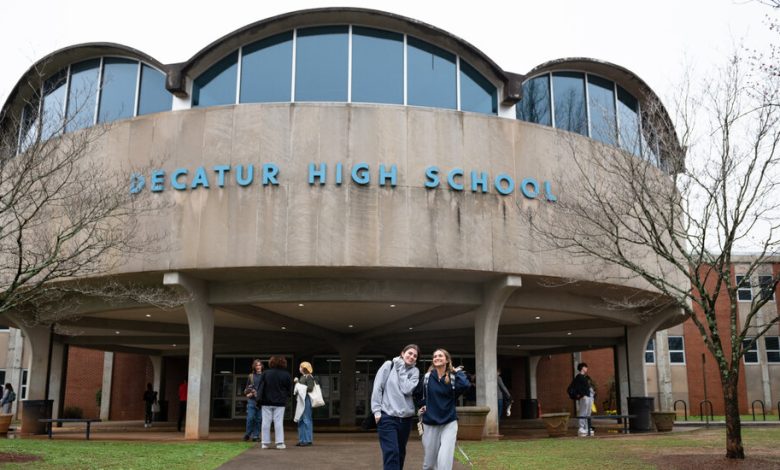Who Needs Paper? Many Students Embrace the All-Digital SAT.

The Scantron bubbles were gone. So were the page-long passages and the pressure to speed-read them. No. 2 pencils? Optional, and only for taking notes.
On Saturday, students in America took the newest version of the SAT, which was shorter, faster — and most notably, all online.
Some exams were briefly mired by technical glitches, but even so, many test takers had positive views about the new format. They were especially relieved with the brevity of the exam — which dropped from three hours to a little over two hours — as well as the ability to set their own pace as they worked through the questions.
“It’s here to stay,” said Harvey Joiner, 17, a junior at Maynard H. Jackson High School in Atlanta, referring to the digital format. “Computers are what we’re more comfortable with.”
Given on paper for 98 years, the SAT was updated to reflect the experience of a generation raised in an era of higher anxiety, challenged attention spans and remote learning. The change comes as the College Board, which administers the test, and proponents of standardizing testing say that the exams still have a place in determining college acceptance and aptitude.
Disrupted by the pandemic and rocked by concerns that the tests favor high-income students, the SAT has had a shaky few years, with many colleges removing standardized tests as a requirement for admission. Some selective universities, including Brown, Yale, Dartmouth and M.I.T., have since reinstated the test, but at most schools, it has remained optional.
